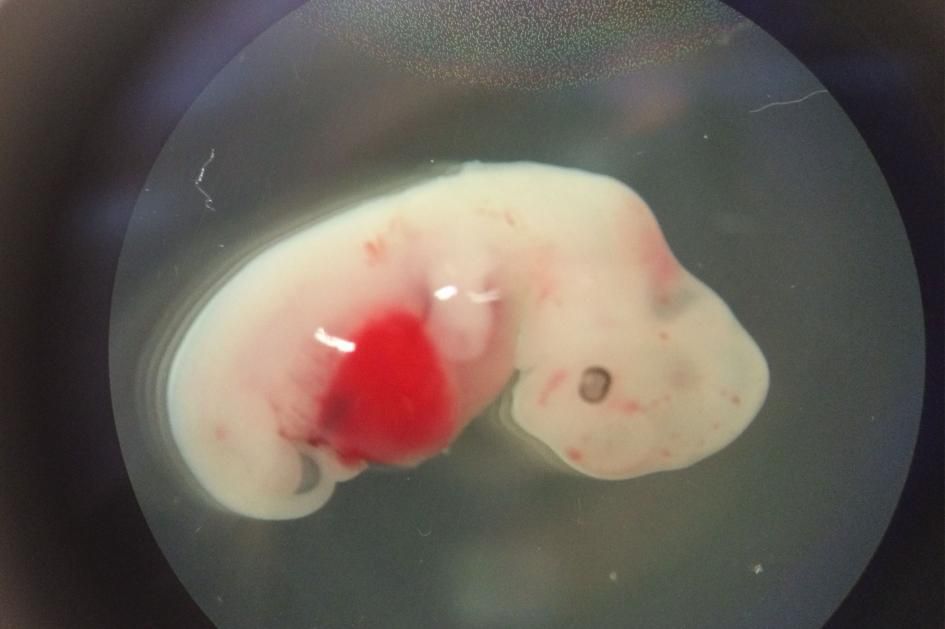The embryos, which were not allowed to develop past 28 days of age, move researchers a small step closer to perhaps growing human organs for medical transplant.
Every hour, six people in the United States are added to the national waiting list for organ transplants—and each day, 22 people on the list die waiting. In the U.S. alone, more than a hundred thousand people need heart transplants each year, but only about 2,000 receive one.
In response, researchers are working to artificially expand the organ supply. Some are trying to 3D print organs in the lab. Others are working on artificial, mechanical organs. And some are making chimeras—hybrids of two different species—in the hopes of growing human organs in pigs or sheep.










Comments are closed.